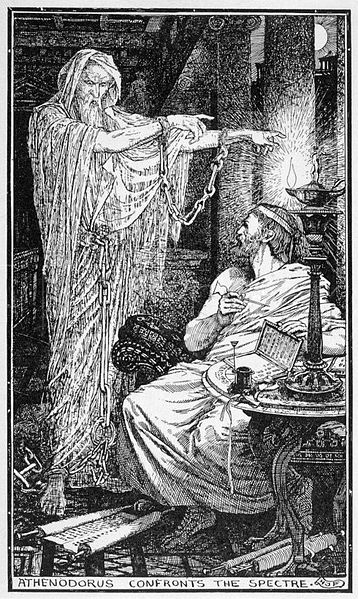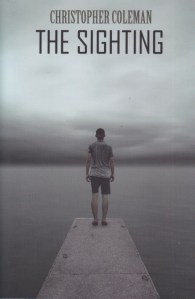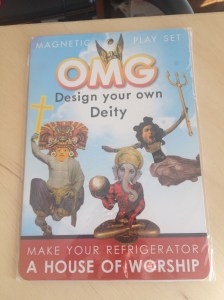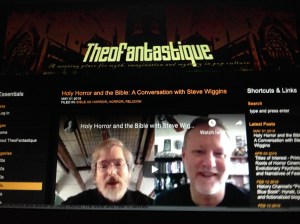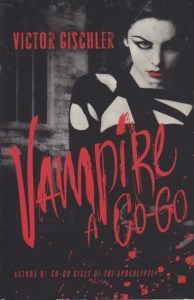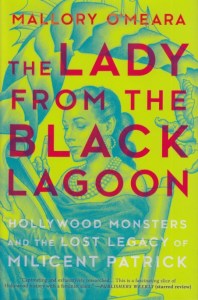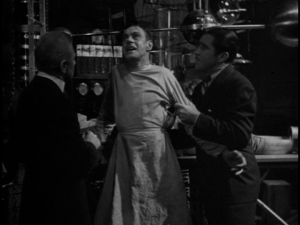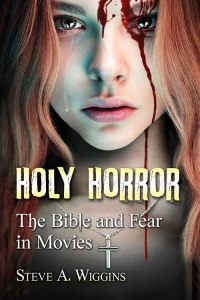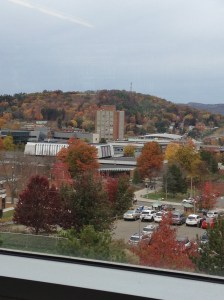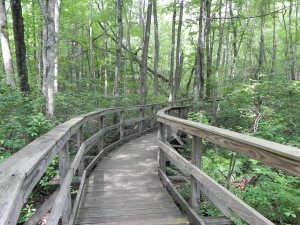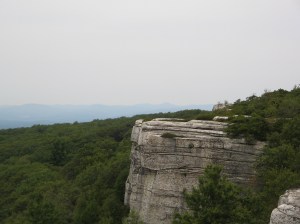In many ways a harrowing book, A Cosmology of Monsters, by Shaun Hamill, is a real achievement. A monster story, it’s less a story about monsters than it is about people—which, upon thinking it over, is generally the case. This story is about the suffering people undergo, sometimes simply for being who they are. Hamill gets his hooks in early and drags you through this wonderful, terrible story. Even now that I’ve finished it I’m not quite sure what to make of it. What’s it about? Maybe I can try to give you a few signposts and pointers. To find out more you’ll need to read it and check my work.
The Turner family, through no fault of its own, has been living under a strange kind of curse. It involves monsters, from what is probably another dimension, kidnapping and enslaving them. The Turners aren’t alone in this. Others who’ve been suffering from various causes are also targeted and treated. Perhaps this is partially a parable on suffering and depression. The Turner family faces death, missing children, forbidden love, and regret. They run a local haunted house around Halloween, which the father’s regular job finances. They do it for fun and it’s free. It keeps them going when a terrible diagnosis is given. Stressed financially and emotionally, they barely manage to stay together. Noah, the narrator and only son, checks out the competition, including a Christian Hell House. There he meets the girl he’ll eventually marry. But the monsters don’t stop coming. He befriends one.
An intricately interwoven story, you might call this horror but you would probably be closer to the truth with literary fiction. There are uncomfortable facts about families. Things we tend to overlook or ignore in order to keep society running smoothly. These kinds of issues are brought out into the open here and mixed in with monsters. On both the human and monster sides, the emotionally wrenching ideas have to do with relationships. Noah, who was born just as his father was dying, establishes relationships both with his family and a monster. As the story progresses over the years, his wife is added to this complex of relationships and they all end up, in a way, competing. Decisions have to be made and someone you love must lose. This novel makes monsters and humans the objects of the reader’s sympathy. What’s more, it works. I hope I haven’t given too many spoilers here, because this is quite an accomplishment, and well worth a reader’s time.


